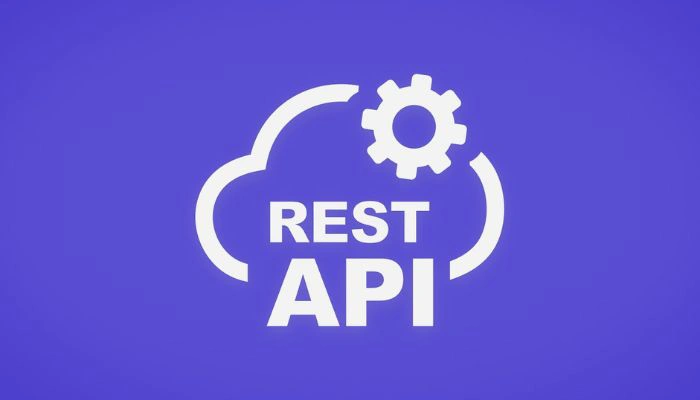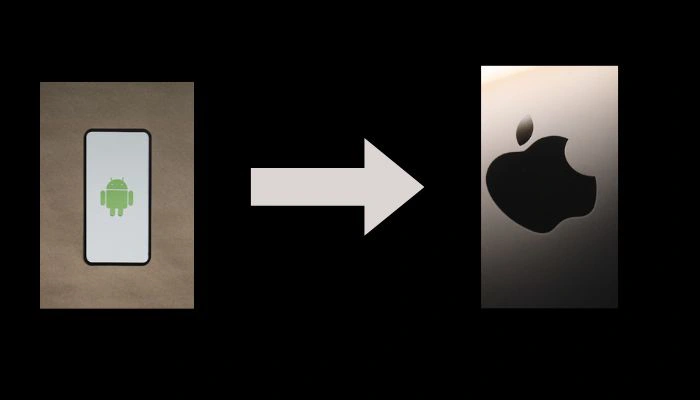What is IT as a Service (ITaaS)?
Businesses of all sizes face the constant challenge of managing complex technology infrastructure. The traditional model of in-house IT departments, with significant upfront capital expenditures on hardware, software, and staff, is becoming a thing of the past. Companies are increasingly seeking more flexible, scalable, and cost-effective solutions to meet their evolving technology needs. This shift is driving the growing popularity of a new operational framework: IT as a Service (ITaaS).
IT as a Service (ITaaS) is an operational model in which an IT service provider, whether internal or external, delivers IT services to a business. Unlike the traditional approach, where IT is seen as a cost center that merely supports the business, ITaaS operates like a competitive business model itself. It emphasizes a service-oriented approach, delivering technology in a clear, catalog-based format where businesses consume and pay for only the services they need. This model transforms IT from a reactive function to a strategic partner, deeply aligned with the business’s goals and outcomes.
This article will serve as your comprehensive guide to ITaaS. We will delve into its core concepts, explore the significant benefits it offers, and distinguish it from other models like managed IT services. We’ll also examine the practicalities of its implementation, the common challenges you might face, and provide a clear framework for choosing the right ITaaS provider for your organization. By the end, you'll have a complete understanding of how IT as a Service can revolutionize your business operations and drive long-term growth.
The Core Benefits of IT as a Service (ITaaS)

Implementing an IT Service (ITaaS) model offers a multitude of benefits that can fundamentally change how a business operates. This model is not just about outsourcing; it’s about strategic alignment and operational efficiency. By treating IT as a consumption-based service, businesses can unlock significant value and gain a competitive edge.
1. Enhanced Financial Efficiency and Predictability
One of the most compelling reasons to adopt an ITaaS model is the dramatic shift from capital expenditures (CapEx) to operational expenditures (OpEx). Instead of making large, upfront investments in servers, networking equipment, and software licenses, businesses can pay for IT resources on a subscription or pay-as-you-go basis. This model provides greater financial transparency, as costs are directly linked to consumption. It makes budgeting more predictable and allows companies to reallocate capital toward core business activities, fostering innovation and growth.
2. Improved Scalability and Agility
In today's dynamic market, the ability to scale operations up or down quickly is crucial. An ITaaS framework provides this flexibility by allowing businesses to adjust IT resources in real-time. Whether you need to ramp up computing power for a new project, add more users to a software platform, or scale back resources during a slow period, the process is seamless. This agility allows businesses to respond swiftly to market demands and new opportunities without being hindered by static, on-premises infrastructure.
3. Access to Expert Knowledge and the Latest Technology
By partnering with an ITaaS provider, companies gain immediate access to a team of specialized IT professionals with deep expertise across various technologies. These providers are responsible for staying current with the latest technological advancements, security threats, and best practices. This means your business can leverage cutting-edge solutions without the burden of continuous training, recruitment, and maintenance. It ensures your technology infrastructure remains modern, secure, and competitive.
ITaaS vs. Managed IT Services: Understanding the Difference
While often used interchangeably, IT as a Service (ITaaS) and Managed IT Services (MSP) represent two distinct approaches to IT management. Understanding the nuance between them is crucial for making an informed decision about your business's technology strategy.

Managed IT services typically involve a third-party provider taking on the day-to-day management of a company's IT infrastructure. This can include tasks such as network monitoring, data backups, and help desk support. The relationship is often defined by a Service Level Agreement (SLA) that outlines specific performance benchmarks and responsibilities. The MSP acts as an outsourced IT department, ensuring systems are maintained and issues are resolved proactively.
ITaaS, on the other hand, is a more holistic, business-driven model. While it can and often does include managed IT services, its core philosophy is about delivering IT as a competitive, consumption-based service. ITaaS is not just about maintenance; it’s about providing a service catalog with a clear pricing structure, empowering business units to consume IT resources as needed. The ITaaS provider acts as a strategic partner, aligning technology solutions directly with business outcomes, and often leveraging a blend of on-premises, cloud, and third-party services.
Here is a table summarizing the key differences:
| Feature | IT as a Service (ITaaS) | Managed IT Services (MSP) |
| Core Philosophy | Treats IT as a competitive, consumption-based service, deeply aligned with business goals. | Outsourced management of specific IT functions, focused on system uptime and maintenance. |
| Business Relationship | Strategic partner; enables business units to select services from a catalog. | Outsourced IT department; handles day-to-day operations and problem resolution. |
| Cost Model | Pay-as-you-go or subscription-based, based on consumption. | Fixed monthly or annual fee, often with additional costs for non-covered services. |
| Focus | Business agility, strategic enablement, and resource optimization. | Operational stability, system maintenance, and proactive issue resolution. |
| Scope of Services | Broad, catalog-based offerings, including managed services, IaaS, PaaS, and SaaS. | Typically focuses on infrastructure, network, and security management. |
Practical Steps to Implementing IT as a Service (ITaaS)
Transitioning to an ITaaS model is a significant organizational shift that requires careful planning and execution. It's more than just a technology upgrade; it's a change in mindset and process.
- Assess Your Current IT Environment: Before you can move forward, you need to understand your current state. Conduct a thorough audit of your existing IT infrastructure, applications, and processes. Identify what services you currently provide, how they are consumed, and what their true costs are. This assessment will form the foundation of your IT service catalog.
- Define Your IT Service Catalog: This is the heart of the ITaaS model. Create a clear, comprehensive catalog of all IT services your organization offers. Each service should have a detailed description, defined performance metrics (SLAs), and a transparent pricing model. The catalog should be easily accessible to all employees and business units, allowing them to choose and consume services as needed.
- Choose the Right Provider: This is a critical decision. Look for a provider that not only has the technical expertise but also a deep understanding of your business and industry. The right partner will act as a strategic advisor, helping you align technology with your long-term goals. Pay close attention to their security protocols, scalability options, customer support, and, most importantly, their pricing models.
- Implement a Phased Approach: A big-bang approach to implementation is often risky. Start by transitioning a few non-critical services to the ITaaS model. This allows you to test the process, gather feedback, and address any issues before a full-scale rollout. This phased approach minimizes disruption and builds confidence within the organization.
Overcoming Common Challenges in ITaaS Adoption

While the benefits of IT as a Service are substantial, the transition is not without its challenges. Being aware of these hurdles is the first step toward a successful implementation.
- Cultural Resistance: The most significant challenge is often cultural. Employees and in-house IT teams may be resistant to the change, viewing it as a threat to their roles. To overcome this, it is essential to communicate the benefits clearly and demonstrate how ITaaS will free up the internal team to focus on more strategic, value-added projects.
- Data Security and Compliance: Moving data and applications to a third-party service provider raises concerns about security and regulatory compliance. It is imperative to choose a provider that has robust security measures, certifications, and a clear understanding of your industry's compliance requirements.
- Vendor Lock-in: The risk of becoming overly dependent on a single ITaaS provider is a real concern. To mitigate this, ensure your contract has flexible terms, clear exit strategies, and that the provider offers a multi-cloud or hybrid-cloud approach that prevents you from being locked into a single ecosystem.
Conclusion
IT as a Service (ITaaS) is more than just a buzzword; it's a transformative operational model that allows businesses to harness the power of technology with unprecedented flexibility and financial control. By shifting from a traditional cost-center mentality to a service-oriented approach, IT becomes a strategic enabler of business growth and innovation. The journey to ITaaS requires careful planning, a clear understanding of the model's benefits and challenges, and a strong partnership with the right provider. By embracing this evolution, companies can streamline operations, reduce costs, and gain the agility needed to thrive in the modern digital economy.
Discover how our comprehensive IT Service (ITaaS) solutions can optimize your operations and empower your business to achieve its full potential.









